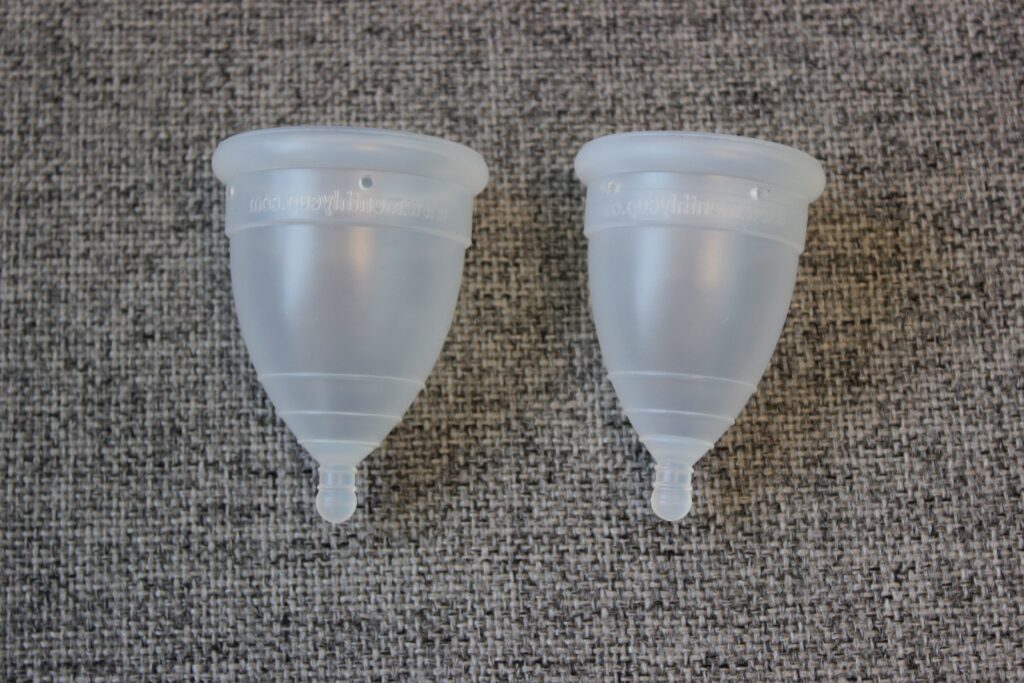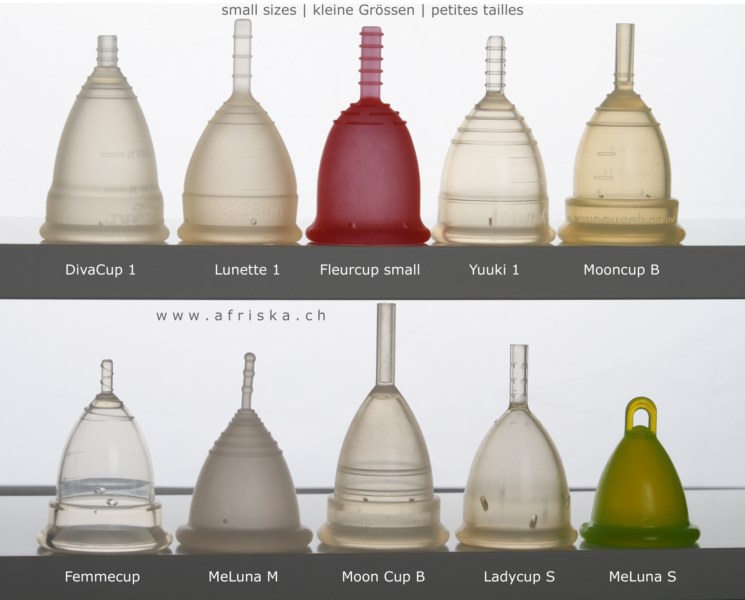Menstruation isn’t exactly a hot topic, and it rarely plays a central role in healthcare discussions. As a result, discourse around the topic has become a hodgepodge of taboos and misconceptions. Billions of girls and women are paying the price, as they are not receiving the information and support they need throughout this process. Even in the US, less affluent women are finding it hard to afford sanitary products or proper knowledge on how to use them.
Investing in menstrual hygiene and education can help get millions of girls back into school. According to a UNESCO report, 131 million girls are out of school, and periods play a surprisingly major role in this. Many girls lack access to sanitary products, while others fear the stigma that comes with menstruation. This is where having access to a cheap and simple hygiene device could do wonders. Meet the menstrual cup.

What’s a menstrual cup?
The menstrual cup is a device that is inserted into the vagina during menstruation for the purpose of collecting menstrual fluid. They’re typically made of flexible medical grade silicone, latex, or a thermoplastic isomer, and are shaped like a bell with a stem.
Unlike tampons or pads, menstrual cups are reusable, and a single one can be used for up to 10 years — this makes them not only cheaper than the alternatives but also more eco-friendly. In North America alone, an estimated 20 billion pads and tampons are discarded every year.
The menstrual cup creates a seal that doesn’t allow any leaks during use. After 4-12 hours (depending from case to case), the cup is removed, emptied, rinsed, sterilized, and can be reused. For convenience, it’s easier to have several on-hand and replace one for the other. The cups can be disinfected by boiling or cleaning with sterilizing solutions (usually the same ones used for baby bottles).
Are menstrual cups safe?
Many women fear complications from these products or are simply unaware that they exist. There’s not exactly a rich body of literature on menstrual cups, but the studies that have been published indicate that they are safe.
The largest report of this type analyzed 43 studies with a total of 3,319 participants, finding that menstrual cups are just as effective and reliable as other menstrual products.
“This systematic review suggests that menstrual cups can be an acceptable and safe option for menstrual hygiene in high-income, low-income, and middle-income countries but are not well known. Our findings can inform policy makers and programmes that menstrual cups are an alternative to disposable sanitary products, even where water and sanitation facilities are poor,” the researchers wrote.
Overall, menstrual cups were found to absorb more fluid than other alternatives and according to a separate 2011 randomized controlled trial in Canada, 91% of women in the menstrual cup group said they would continue to use the cup and recommend it to others.
However, for a minority of users (less than 1%), menstrual cups can be unpleasant or even painful. Furthermore, there have been localized reports suggesting potential health concerns, but large-scale scientific studies have found that menstrual cups are safe.
Finding the right one

Of course, making the switch from pads or tampons to menstrual cups can be daunting. There’s a bit of a learning curve at first, and the cups themselves come in different shapes, sizes, and materials.
It can take a bit of getting used to, and it’s perhaps worth experimenting with several products. Luckily, there is plenty of material already available online. You can read menstrual cup reviews, tutorials, and guides online, and there should be no shortage of products to choose from. It’s worth trying a couple of cups to find the “goldilocks cup” that fits just right. At the end of the day, it’s all about finding one that feels right for you.
Most cups cost around $10-$40, which is about as expensive as a large box of pads. Over as few as three months, a reusable menstrual cup can end up saving you money and reducing the number of disposable tampons or pads you’d throw away.
While cups can be a cheap, easy, and eco-friendly alternative, they might not be for everyone. So if you don’t feel comfortable using one, you shouldn’t. Just being aware of them as an alternative is a step in the right direction.









